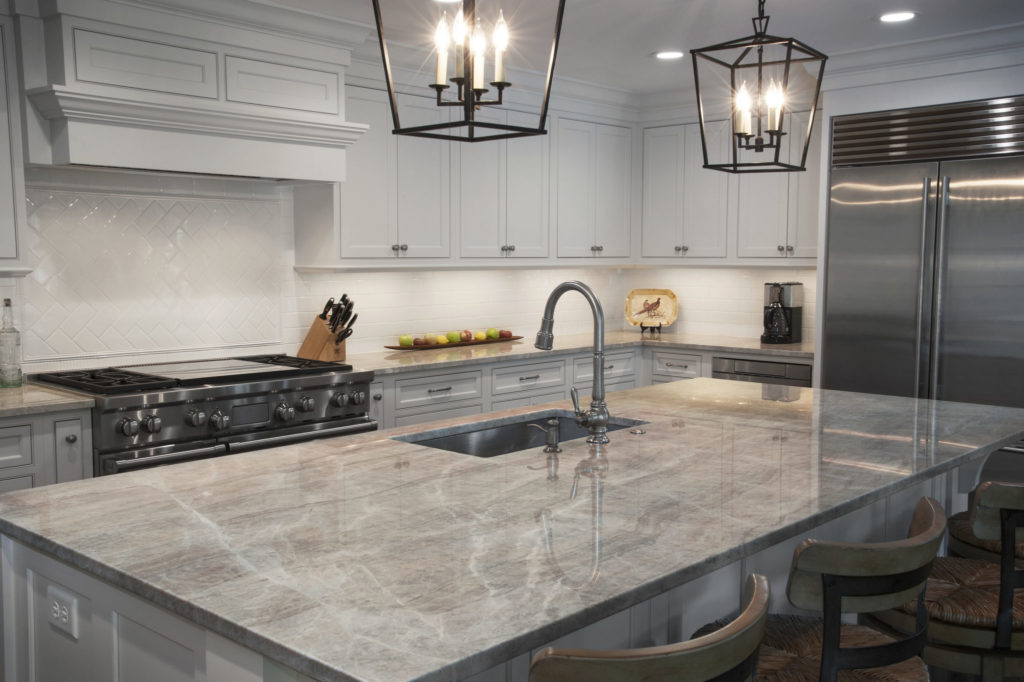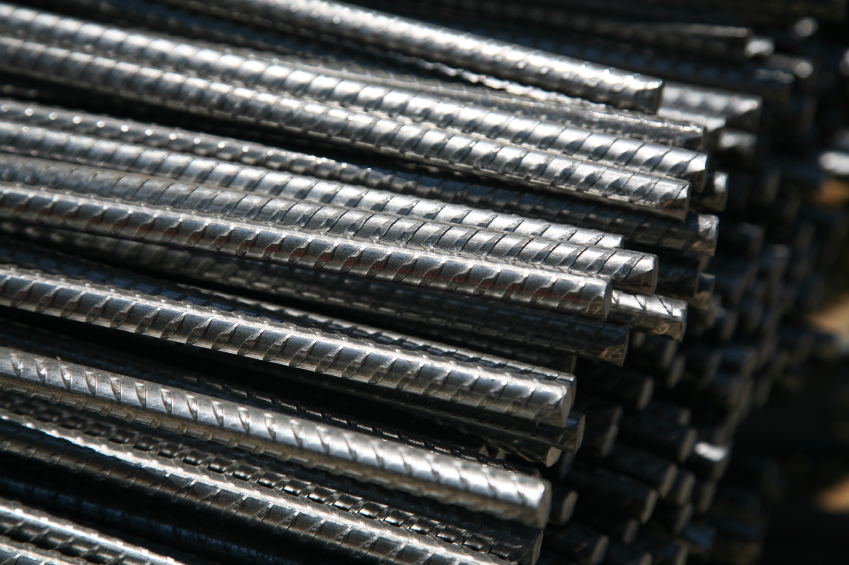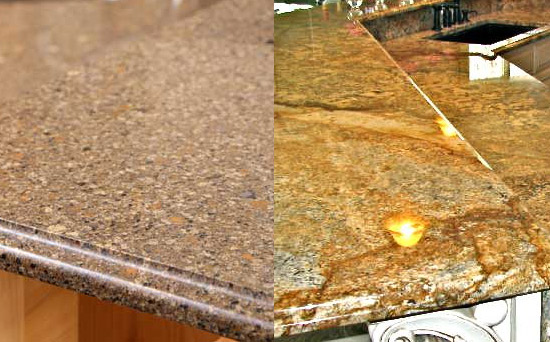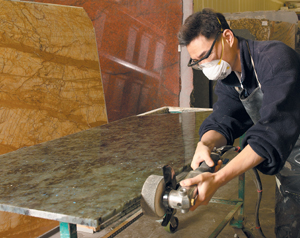- Filter by
- Categories
- Tags
- Authors
- Show all
In ideal environments, most common construction materials are very durable and can last indefinitely. However, design or construction deficiencies or lack of proper maintenance can result in less-than-ideal conditions under which construction materials will degrade. Degradation can take many forms, including chemical reactions, consumption by living organisms, and erosion or mechanical wear. Traditional building materials – steel, concrete, and wood – usually deteriorate and fail via well-known mechanisms. Even innovative materials that appear on construction sites can degrade, either by these well-understood mechanisms or through exotic, sometimes surprising, reactions and processes.
Natural Building Materials
Building materials can be generally categorized into two sources, natural and synthetic. Natural building materials are those that are unprocessed or minimally processed by industry, such as lumber or glass.
Synthetic materials are made in industrial settings after much human manipulations, such as plastics and petroleum based paints. Both have their uses. Mud, stone, and fibrous plants are the most basic building materials, aside from tents made of flexible materials such as cloth or skins. People all over the world have used these three materials together to create homes to suit their local weather conditions.
In general stone and/or brush are used as basic structural components in these buildings, while mud is used to fill in the space between, acting as a type of concrete and insulation. A basic example is wattle and daub mostly used as permanent housing in tropical countries or as summer structures by ancient northern peoples.
Mud and clay
The amount of each material used leads to different styles of buildings. The deciding factor is usually connected with the quality of the soil being used. Larger amounts of clay usually mean using the adobe style, while low clay soil is usually associated with sod building.
The other main ingredients include more or less sand/gravel and straw/grasses. Rammed earth is both an old and newer take on creating walls, once made by compacting clay soils between planks by hand, now forms and mechanical pneumatic compressors are used.
Rock
Rock structures have existed for as long as history can recall. It is the longest lasting building material available, and is usually readily available. There are many types of rock through out the world all with differing attributes that make them better or worse for particular uses. Rock is a very dense material so it gives a lot of protection too, its main draw-back as a material is its weight and awkwardness. Its energy density is also considered a big draw-back, as stone is hard to keep warm without using large amounts of heating resources.
Wood
Wood is a product of trees, and sometimes other fibrous plants, used for construction purposes when cut or pressed into lumber and timber, such as boards, planks and similar materials. It is a generic building material and is used in building just about any type of structure in most climates. Wood can be very flexible under loads, keeping strength while bending, and is incredibly strong when compressed vertically. There are many differing qualities to the different types of wood, even among same tree species. This means specific species are better for various uses than others. And growing conditions are important for deciding quality.Granite countertops are quarried naturally from the earth as enormous chunks of stone. After they leave the quarry they are cut and polished into the familiar countertop shape. Quartz countertops contain crushed quartz mixed with resin in a ratio of 93% quartz to 7% resin. They are manufactured in a variety of different patterns and colors.
As with granite, quartz countertops also have their own sets of drawbacks and benefits that go along with them.
- Quartz countertops are just as strong as granite but have the added benefit of being more flexible. This makes them easier to work with during the installation process.
- Quartz is non-porous and does not require any sealing – ever. These stones offer a virtually no-maintenance material solution for countertops.
- These counters are also very durable but they cannot be considered indestructible either. They are stain-resistant as well so dropping a glass of wine on them simply requires a quick cleanup.
- One drawback that you should definitely take note of is these counters can discolor over time when exposed to direct sunlight. If you have a part of your counter that receives some of the UV rays from the sun while another part doesn’t, over time you may see a color difference.
Here are some of the most important drawbacks and benefits of granite that you have to know:
- The appearance is not uniform. These stones are coming right out of the earth and are not perfectly designed by nature. For some this will be a benefit while others will consider it to be a drawback.
- Granite countertops will need to be sealed before they are used and this will need to be repeated year after year for as long as you own the countertop. Granite is a porous stone and can only be considered to be stain-resistant if it has been sealed properly. While some people only seal their granite countertops every 3 years, it’s best to be safe and to do it yearly. If for any reason the sealant on the countGranite Vs Quartz Countertops er gets compromised, your countertop can get stained.
- Countertops made of granite are extremely durable but should not be considered to be indestructible. It is a natural rock and can break or chip if subjected to heavy abuse. For regular day-to-day activities though, and with proper maintenance, this is a countertop that can last for a lifetime and beyond.
Granite can often end up costing a bit more than quartz since it is a natural rock. This means that the complete slab needs to be excavated from the earth as one chunk of stone. This extraction along with the shipping of the product consumes a lot of energy, time and ultimately money. When it comes to granite slabs, you’ll need to be willing to pay the price for a thicker piece. The thinner the granite is, the weaker it will be as well. he ease-of-use and aesthetics of all stone countertops, including granite and quartz, are also important factors when it comes to countertops that fit into today’s busy lifestyles.
Made from one of the hardest minerals on earth, quartz countertops are arguably the most durable option for kitchens. They're also some of the most eye-catching. They come in a wide variety of colors, including fire-engine red and apple green, as well as earthy browns, blacks, and creams, with sparkles and veining for the look of granite or marble. But unlike natural-stone slabs, which are mined, these slabs are engineered in a factory. Their primary ingredient is ground quartz, combined with polyester resins to bind it and pigments to give it color. For some designs, small amounts of recycled glass or metallic flecks are added to the mix.

Natural-quartz crystals are mined, then ground into a dust or an aggregate that's fused with resin binders under intense heat and pressure to form a solid slab. Pigments added during the process impart color to the countertop. Replacing bland laminate countertops with it can turn a pretty kitchen into a stunning one.
Unlike natural stones that contain microscopic pores over its entire surface, the resin in between the crushed quartz bits evenly fill out the gaps and surface. This makes quartz countertops very resistant to stains as liquids and pigments won’t seep in and cause a mess, unlike natural stone. Composed almost entirely of hard quartz mineral, quartz countertops will blunt knives and other sharp metal objects before it scratches. But while the resin is soft and susceptible, very little of it is exposed on the surface, and is unlikely to scratch except in the most severe cases.
Probably the first thing anyone will notice is the price tag. Costing just a little less than granite, and significantly more expensive than solid surfaces or laminate, quartz countertops are quite expensive. Nevertheless, its durability, ease of maintenance and hygiene benefits makes up for its price. Although great at holding up in a kitchen environment, quartz countertops aren’t the best choice for outdoor use. Prolonged exposure to the elements will quickly fade as the polymer resin and color pigments react to sunlight and chemicals in the rain and air.
Quartz Countertop Fabrications


